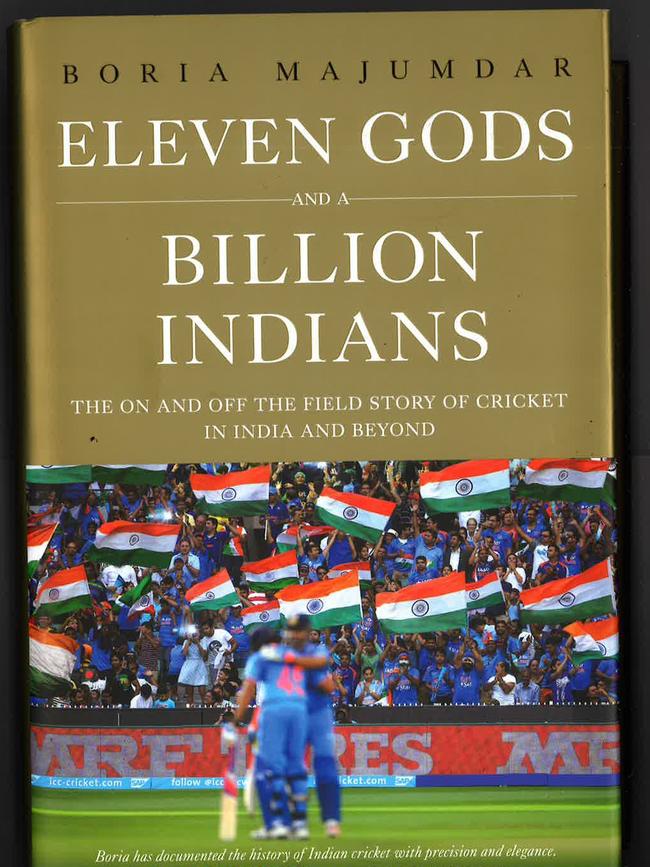Sports commentator Boria Majumdar names India’s greatest Test team of the last half century
One of India’s most influential sports commentators, BORIA MAJUMDAR, has gone back half a century to pick his best Indian Test team.
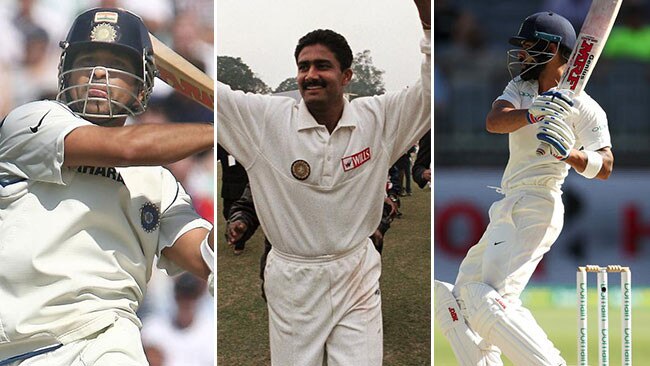
Cricket
Don't miss out on the headlines from Cricket. Followed categories will be added to My News.
Picking an Indian Test team is never easy. And when the task is to pick a team based on performances going back half a century, it is doubly difficult.
But I have always loved playing super selector and here’s my best 12 to don India’s colours from 1968-2018.
BORING: Time to rip up ‘stale’ MCG pitch
TEST TEAM: Marsh to learn fate on Christmas Day
The parameters I kept in mind while selecting are adaptability across conditions, impact as match winners, ability to play the best in high-pressure situations and finally longevity.
Most of the players picked have played 100-plus Test matches, which makes each of them serious contenders for spots in Indian cricket’s Hall of Fame.
SUNIL GAVASKAR
Not many will argue with the choice of opening batsmen. Gavaskar gave Indian cricket teeth and muscle in the 1970s and was instrumental in India winning its first ever series in the West Indies in 1971. He scored 774 in his debut series and was the first to scale the peak of 10,000 Test runs almost two decades later in 1987. His record against Clive Lloyd’s West Indies, arguably the best cricket team ever, is a testimony to his greatness. With Gavaskar, Indian batsmanship turned a new leaf and playing quality fast bowling was no longer impossible.
Career: 1971-87. Tests: 125. Runs: 10,122 @ 51.1. 100s: 34.
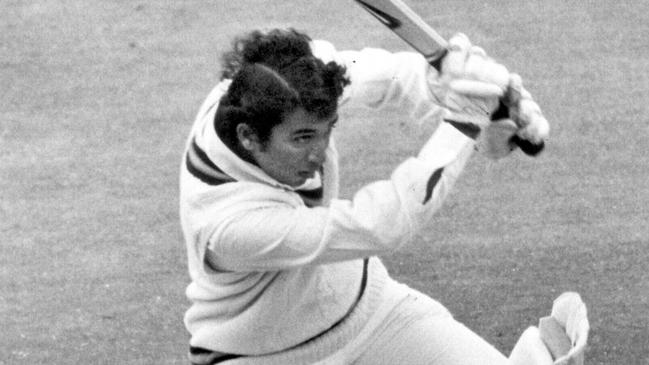
VIRENDER SEHWAG
Sehwag was exactly the opposite to Gavaskar in terms of approach. He redefined the art of opening the batting in Test matches and remains the only Indian to score two triple centuries in Tests. With Sehwag, a century before lunch was a formality and he made sure that India’s bowlers had ample time to close out matches. He would be the perfect foil to Gavaskar’s compact, defensive style. Sehwag, it has to be said, played a lead hand
in India’s rise to the pole position in Test cricket in 2009.
Career: 2001-13. Tests: 104. Runs: 8586 @ 49.3. 100s: 23.
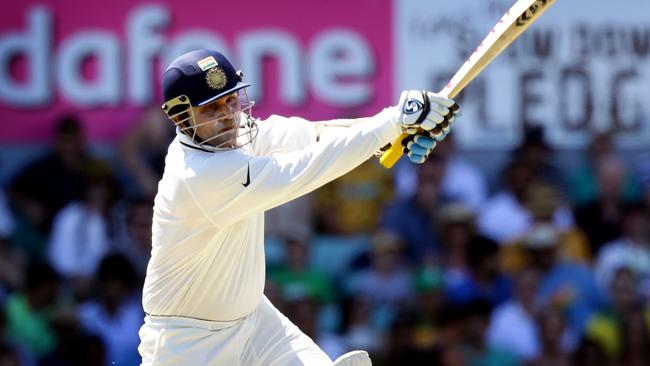
RAHUL DRAVID
Dravid was justly nicknamed “The Wall”. Dravid played a stellar hand in all of India’s major overseas wins from 2000-10. With 13,000-plus Test runs over a 16-year career, it is impossible to look beyond Dravid at No.3. As a batsman he played as if his life depended on staying in. That helps explain the unrivalled 148 against England at Headingley in 2002, the 233 against Australia at Adelaide in 2003 and the 270 against Pakistan in 2006. Each time India won a famous overseas Test. With Dravid, India had poise, dignity and solidity.
Career: 1996-2012. Tests: 164. Runs: 13,288 @ 52.3. 100s: 36.
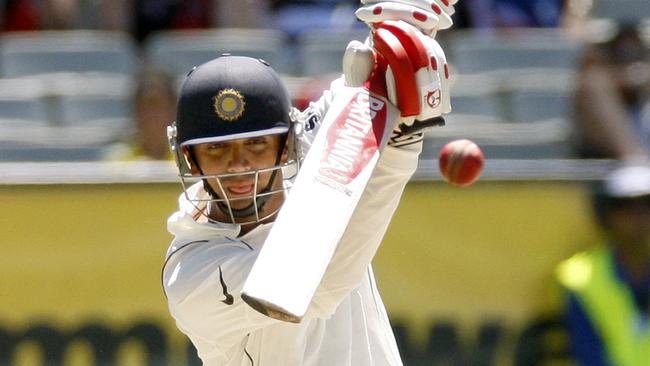
SACHIN TENDULKAR
Arguably the second-best batsman ever to play the sport after Sir Donald Bradman. Tendulkar dominated cricket for a staggering two decades and more. For many like me, growing up in an India that was falling prey to turmoil and secessionist movements, he was a ray of hope. He helped craft a national image that looked solid and resolute. He was a sign of India’s resurgence, a quiet reassurance that things, if not all right yet, were certain to get better. In the first Test played on Indian soil after the Mumbai terrorist attack in 2008, it was imperative that India played well to get the country back to a sense of normalcy. England set India a mammoth 387-run target to chase in the fourth innings.
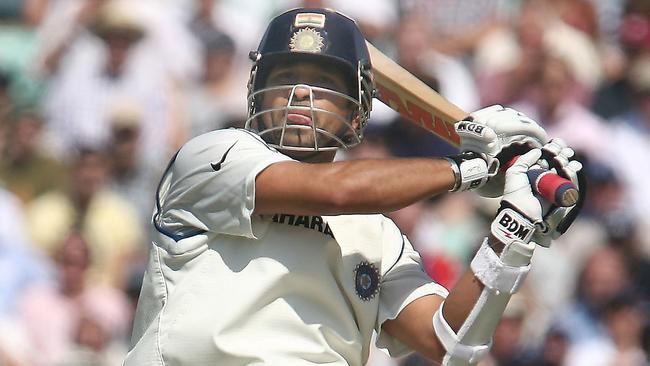
Following up on a Sehwag blitzkrieg, Tendulkar was unbeaten on 103 when India chased down the highest fourth-innings total on Indian soil to win by six wickets. Facing the cameras on his way back to the dressing room, Tendulkar took only a second to dedicate the knock to the victims of 26/11. He is the only cricketer who, when he stepped out to bat in Sydney, Barbados, Lahore, Cape Town or even Lord’s, got the same standing ovation. The pressure he played under places his acts on the same pedestal with Jackie Robinson’s breaking of the colour line in 1947 or Jesse Owens defying Hitler in 1936.
Career: 1989-2013. Tests: 200. Runs: 15,921 @ 53.8. 100s: 51.
VIRAT KOHLI (capt)
The last words on Kohli have not been written. Will he be hailed in five years as India’s greatest batsman and captain? Will it matter to Kohli how we label him? Does Kohli, the person, really care? I guess, he doesn’t, for he is at peace with himself in his gym, at training, in marriage and, most importantly, in the 22 yards. He is at peace in giving up multi-crore endorsement contracts because he doesn’t believe in the products he is being asked to endorse. He is all alone when he bats and when he trains. A passionate human robot with single-minded determination. Much like the team he now leads. And Indian cricket, so far at least, has benefited. India under Kohli is the No.1 Test team in the world and No.2 in both the ODI and T20 rankings. Kohli may well continue to polarise opinion but he gives us results. And, in sport, it is winner takes all. And Virat Kohli in 2018, no one can dispute, is a winner.
Career: 2011-18. Tests: 75. Runs: 6508 @ 54.2. 100s: 25.
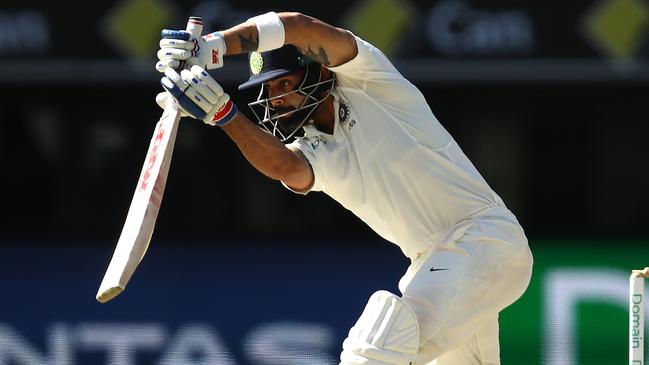
MS DHONI (vc)
Sport is all about winning the big moments. That’s what separates the men from the boys and the greats from the ordinary. And that’s what the real legacy of MS Dhoni is all about. The 2011 World Cup was a poor one for Dhoni the batsman. Until the semi-final at least. And when India was two down in the final for nothing, chasing a very challenging Sri Lankan score of 274, it was expected that Yuvraj Singh, the player of the tournament, would walk down the Wankhede steps to take on a pumped up Lasith Malinga. Not so. The man who walked out was MS Dhoni. It was perhaps the biggest captaincy decision of his life.
A decision that could have cost India the World Cup. Dhoni, with the pressure of a billion people upon him, played a blinder and in doing so sent out a clear message to all that he was different and also one of India’s best players of all time. Anyone who witnessed his 224 against Australia in the opening Test of the 2013 series will agree that the choice of wicketkeeper starts and ends with Dhoni. His calm demeanour would also help Kohli on and off the field in this team.
Career: 2005-14. Tests: 90. Runs: 4876 @ 38.1. 100s: 6. Catches: 256. Stumpings: 38.
KAPIL DEV
This is the simplest of all choices. Ranked by Wisden as India’s player of the century, Dev was/is the best Indian all-rounder by a distance. A brilliant swing bowler and a fantastic batsman, few remember Kapil the fielder. He, it has to be said, was the complete package and is the ideal choice at No.7.
Career: 1978-94. Tests: 131. Wickets: 434 @ 29.6. 5wi: 23. Runs: 5248 @ 31.1. 100s: 8.
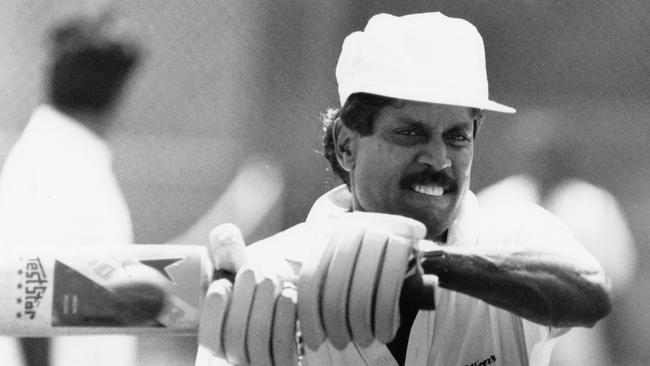
RAVICHANDRAN ASHWIN
This was the toughest call to make. Should it be Ashwin, Harbhajan Singh or Erapalli Prasanna? I went with Ashwin for two reasons — his record in home conditions and his ability to evolve overseas, which is starting to show. His ability to contribute key runs lower down the order adds to his overall value. With multiple Test hundreds under his best, Ashwin has the ability to be the second all-rounder in the team to add balance and tactical flexibility.
Career: 2011-18. Tests: 65. Wickets: 342 @ 25.4. 5wi: 26. Runs: 2361 @ 29.1. 100s: 4.
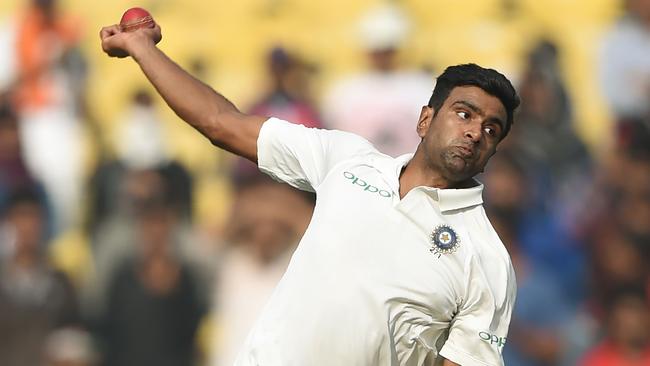
ANIL KUMBLE
On February 7, 1999, made history by becoming only the second bowler in 123 years of Test cricket to take all 10 wickets in an innings. His historic feat destroyed Pakistan at the Ferozeshah Kotla in New Delhi. In doing so, he helped India level the series after the heartbreaking loss at Chennai in the first of a two-match contest. India’s single biggest ever match-winner, Kumble was key to India winning series after series at home in the 1990s and also played a large role in overseas victories from 2002-08. He also scored a century — 110 not out against England at The Oval in 2007.
Career: 1990-2008. Tests: 132. Wickets: 619 @ 29.7. 5wi: 35.
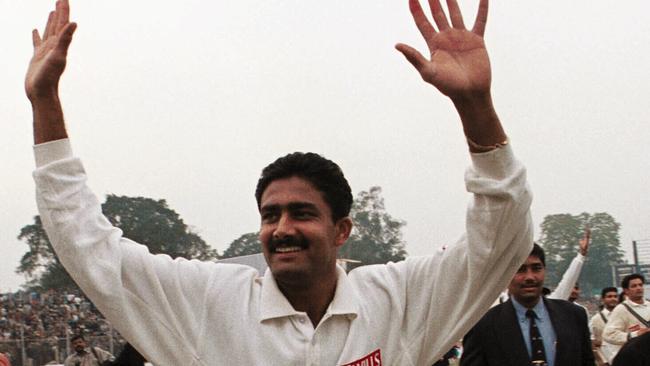
JAVAGAL SRINATH
Again, a very difficult choice. If Jasprit Bumrah continues in the same vein for a couple more years, this choice may be different. But at the moment I’d go with Srinath. He shouldered Indian fast bowling for the good part of a decade and was quick with a lethal incoming delivery. With real support from the other end, he could have been even more effective. That India made the final of the 2003 World Cup in South Africa was partly due to Srinath’s ability to pick up key wickets not to forget his contributions with the bat in the lower-order. Bowling 145km/h plus, Srinath had a good yorker so very effective in polishing off an innings.
Career: 1991-2002. Tests: 67. Wickets: 236 @ 30.5. 5wi: 10.
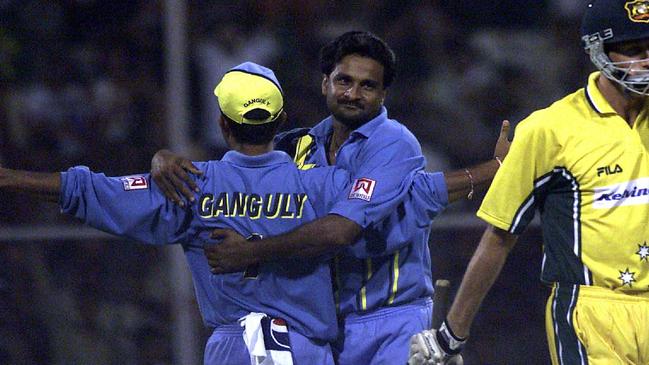
ZAHEER KHAN
We need a left-arm fast bowler in the mix and can’t look beyond Zaheer Khan. To quote Sourav Ganguly: “The way ‘Zak’ was bowling between 2005-2009 standing in the slips I felt the ball would come to me every over.” Zaheer led the Indian attack for years and had he not been injured multiple times he would have ended up with double the Test wickets in his career. From an out-an-out fast bowler, Zaheer turned into one of the best exponents of reverse swing in the second half of his career, proof of his versatility and skill.
Career: 2000-14. Tests: 92. Wickets: 311 @ 32.9. 5wi: 11.
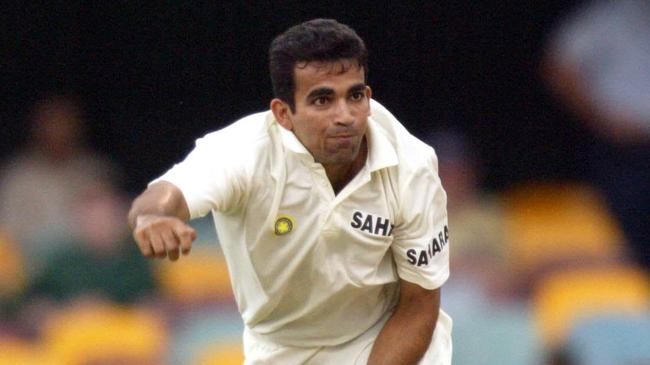
VVS LAXMAN (12th man)
If any of my batsmen get injured, it is the easiest replacement choice. His ability to bat with the tail and bat under pressure was exemplary and had he batted at No.3 more often he would have surely finished with 10,000-plus Test runs.
Career: 1996-2012. Runs: 8781 @ 46.0. 100s: 17.
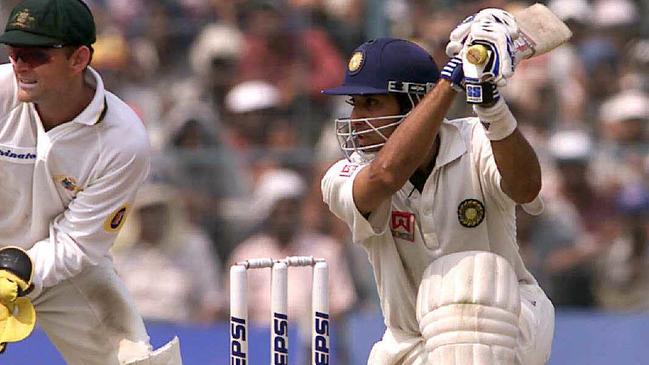
BORIA MAJUMDAR is one of India’s most influential sports commentators. He has written or co-authored numerous books including Sachin Tendulkar’s autobiography, Playing It My Way. Majumdar’s most recent book is Eleven Gods And A Billion Indians, which tracks the on an off-field history of cricket in India (RRP $45).
